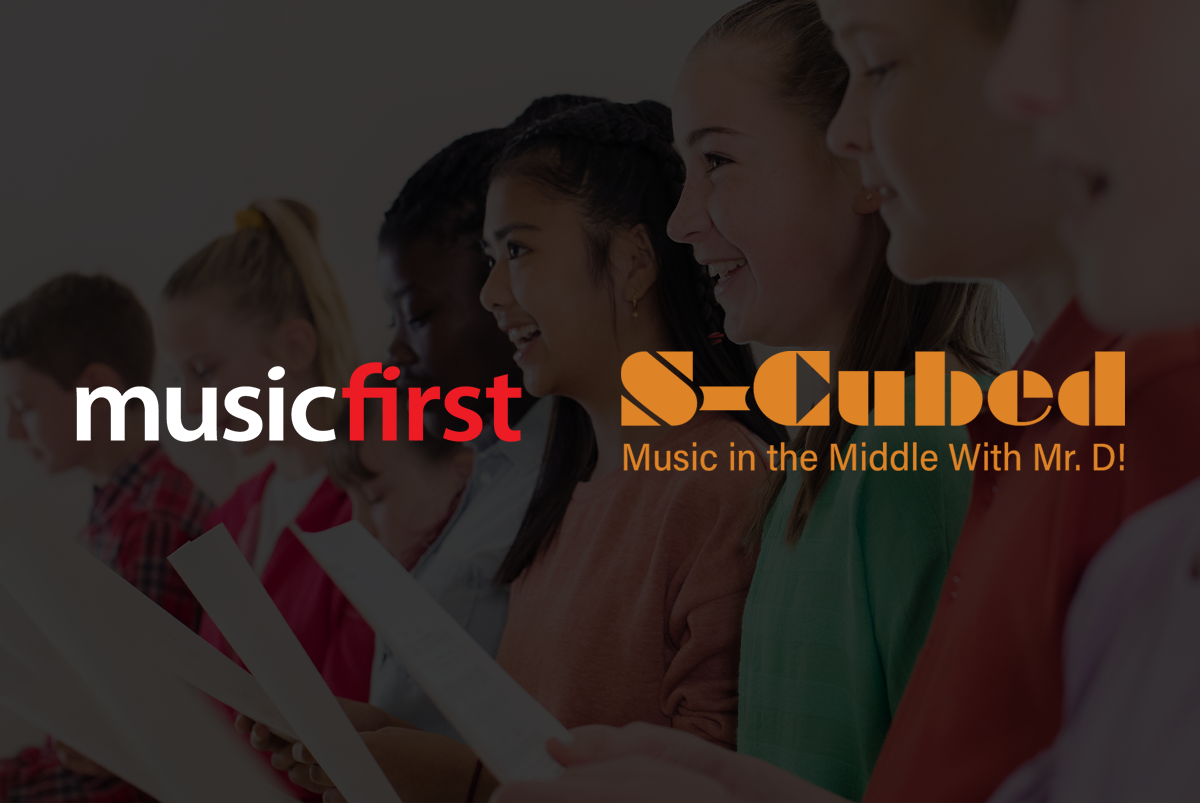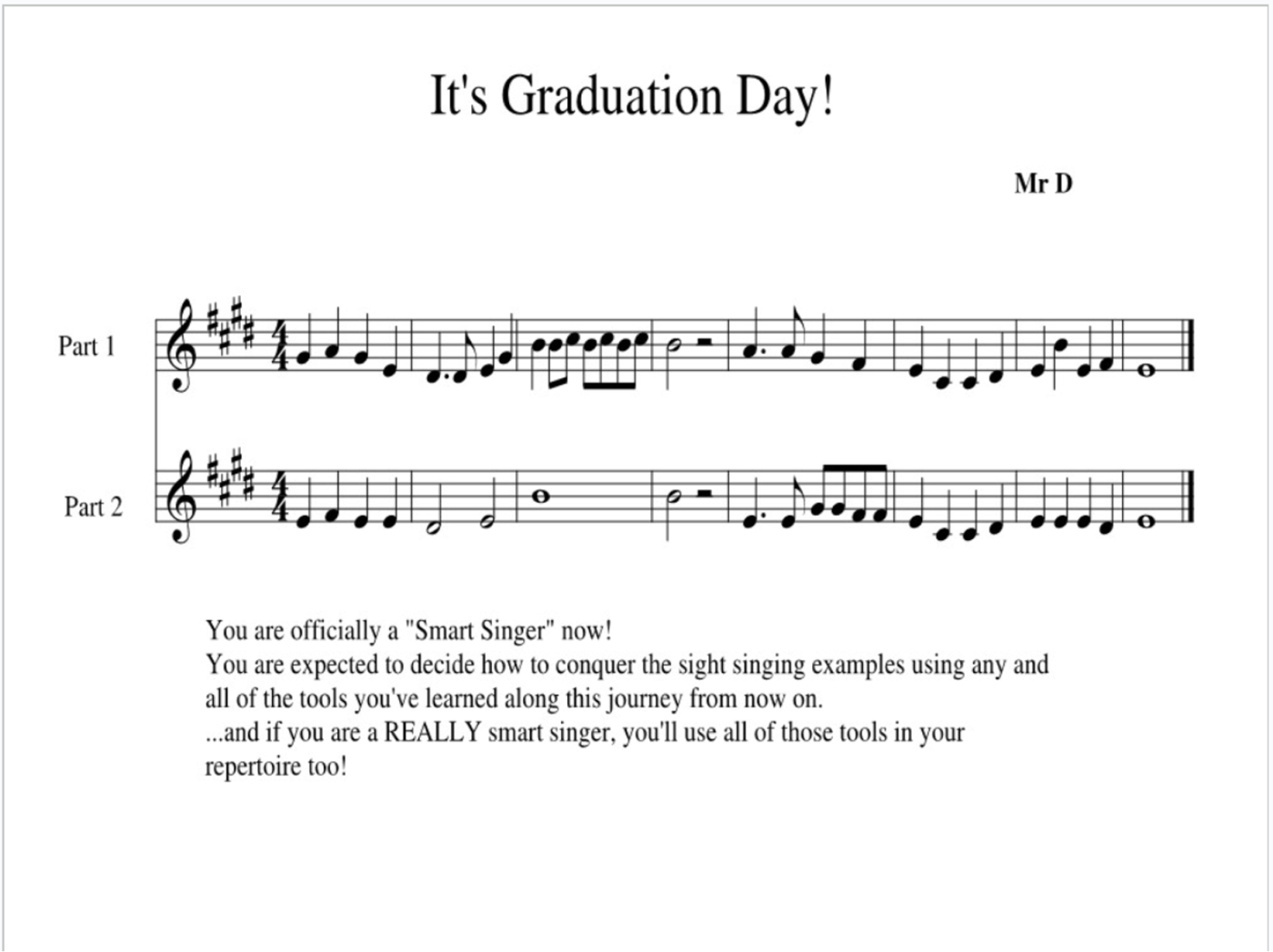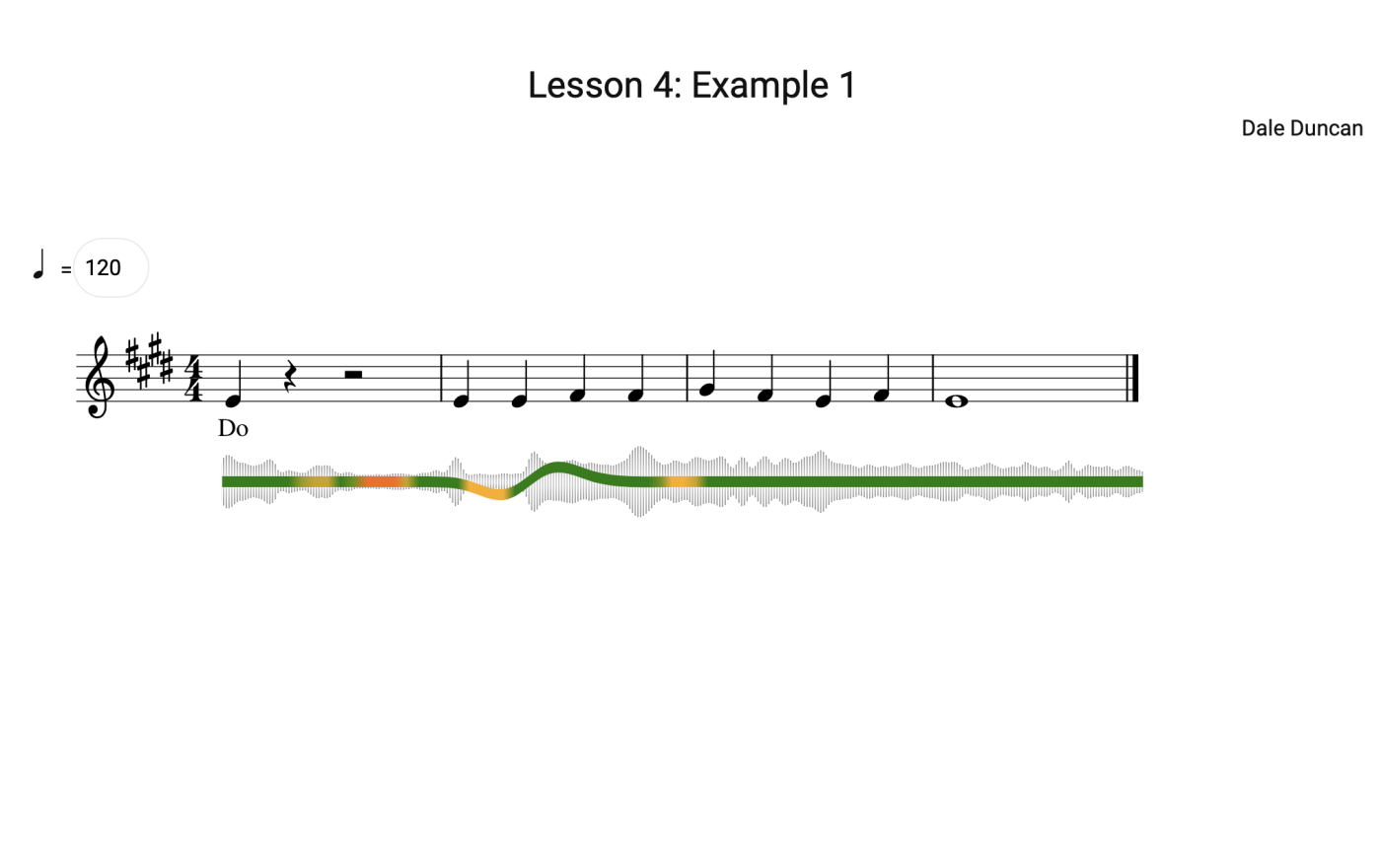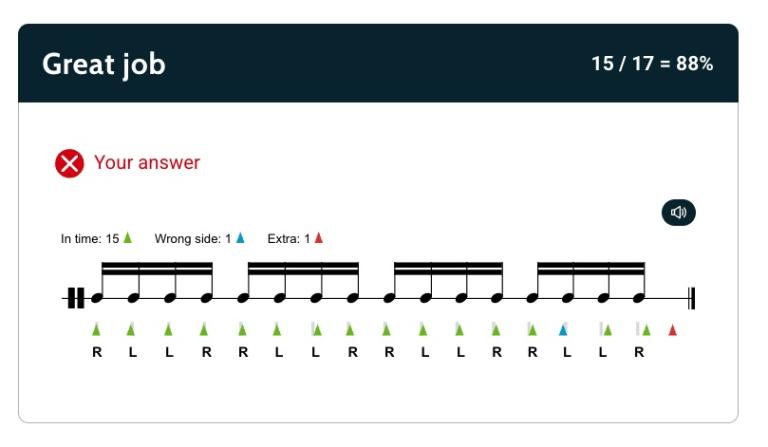
Unlock the Power of S-Cubed Sight Singing with MusicFirst
If your school or district already owns MusicFirst, you already have full access to the S-Cubed Sight Singing Program for Beginners Full Curriculum. And even better? You have access to homework/practice assessment examples that I created two years after the original curriculum. MusicFirst is the ONLY company to offer both the curriculum AND the homework/practice examples. With MusicFirst's incredible technological capabilities, you have some of the most amazing assessment and teaching tools on the market at your fingertips! You'll receive automatic and instant feedback for your students, saving you time in the classroom.
New to the S-Cubed Sight Singing Program?
Let's start from the beginning.
I am the creator of the S-Cubed Sight Singing Program for Beginners. I made the program because I moved to Georgia during my 12th year of teaching, and the state had the most difficult sight-singing requirement for their annual state choral assessment of any state I’d taught in. When I read the requirements for the state of Georgia, my mind was so blown away by the level of difficulty, that I called a middle school colleague who had taught in Georgia for years, and I said, “Is this for real? This requirement for our state annual assessment? I couldn’t have done this at the end of my master’s degree!” When she said “Yes”, I set my sights on achieving it.
Here’s what middle school students in Georgia were expected to perform in the sight-singing room:
- A capella
- 5 minutes to get the 8-measure example, with no singing from the teacher
- 2 or 3 parts, depending on what they sang on stage.
- Skips as wide as an octave
- Dotted quarter/8th note combos, 8th notes, quarter notes, half notes, whole notes, dotted half notes, and their rests (except no 8th rests, thank goodness).
- Students must work independently without collaboration
- The teacher can only give the chord and sing scales or arpeggios to establish “DO”
This is the final example of Level one that my 6th and 7th graders had to successfully sing a capella the week before state assessment to ensure readiness.

The Journey to S-Cubed
In 2003, I prepared my students for my first Georgia assessment. They did well, but I knew there was more to improve. Year after year, I would watch my dear colleagues and their students walk out of the sight singing room completely dejected, deflated, and defeated.
So, starting in 2004, I began doing workshops for our district’s teachers and shared some of the ideas that worked for me.
In 2009-2010, I wrote a book called S-Cubed Sight Singing Program for Beginners and submitted it to the major publishers in our industry. By 2012, I’d gotten rejected by all of them. The program just didn’t work as a book.
In 2012, I discovered TeachersPayTeachers (TpT), an online platform. I noticed there was hardly any middle or high school material, especially no full curricula. It was mostly $1-$3 lessons and printouts for elementary school teachers. So, I decided to put my weekly sight-singing lessons into PowerPoints and recorded my lessons with an iPhone 4 to demonstrate my teaching approach.
I also decided to record the sight-singing portion of the lessons so that teachers could see me do it. The program is part philosophy and part method so showing my approach was important to me plus I always wanted to see teachers teach. Each day, I also made teaching tips for the lessons because I wanted the teachers to be successful too! I looked directly into the camera and shared where the pitfalls might be for that specific lesson.
Each night for 18 months, I came home from school, uploaded the videos to YouTube, put the links into my PowerPoint lessons, and uploaded the lessons to TpT for $3 each until I finished Level Two. Teachers were devouring the lessons and leaving reviews on TpT about how helpful the lessons were and how much fun it was to teach S-Cubed. By April 2014, I had finished Level One, so I bundled them for sale on TpT.

S-Cubed Assessment Tools on MusicFirst
In 2015, a company similar to MusicFirst contacted me to create some homework/practice examples for their platform to add an assessment feature to S-Cubed. That company later stopped offering the assessment examples, and around the same time, MusicFirst asked me to offer both my full curriculum PLUS the assessment examples.
Here’s how you can use these assessment examples: Imagine you have a class of 60 students, and you notice a student struggling with pitch or rhythm. So you give the class an S-Cubed "homework" assignment. A couple of days later, you take a look in the MusicFirst folder, and you can listen to the specific child’s work to help you determine what they need most from you to help them improve.
The homework/assessment examples are one-to-one. For example, if you covered Lesson 4, Day 1 in class, you could have the class go home that night and complete the homework example for Lesson 4, Day 1.
The students get immediate feedback as they sing. It uses color coding to tell them whether they are sharp or flat. It recognizes rhythm mistakes. It can give them a numerical grade. In the settings, you can decide how much information the students get as they sing.
By offering both the full S-Cubed curriculum and the homework examples, MusicFirst has set itself apart from any other company in this space.
About Dale Duncan
In 2022, Dale Duncan retired from teaching public school after teaching middle school in North Carolina, New Jersey and Georgia for 30 years.. Dale is known by the choral music educator community worldwide as the creator of the S-Cubed Sight Singing Program for Beginners. So far, in 2024, Dale has conducted the Colorado and Mississippi Allstate Choirs, regional choirs and has given professional development to teachers all over the country. During his career, he was honored as a Grammy Music Educator Semi-Finalist. One of Dale’s most important life’s missions is and always will be to help middle school chorus teachers. Dale loves his crazy cat, Odie, and sweet doggie Beaux…and he’s currently obsessed with coaching and competing in Pickleball.

